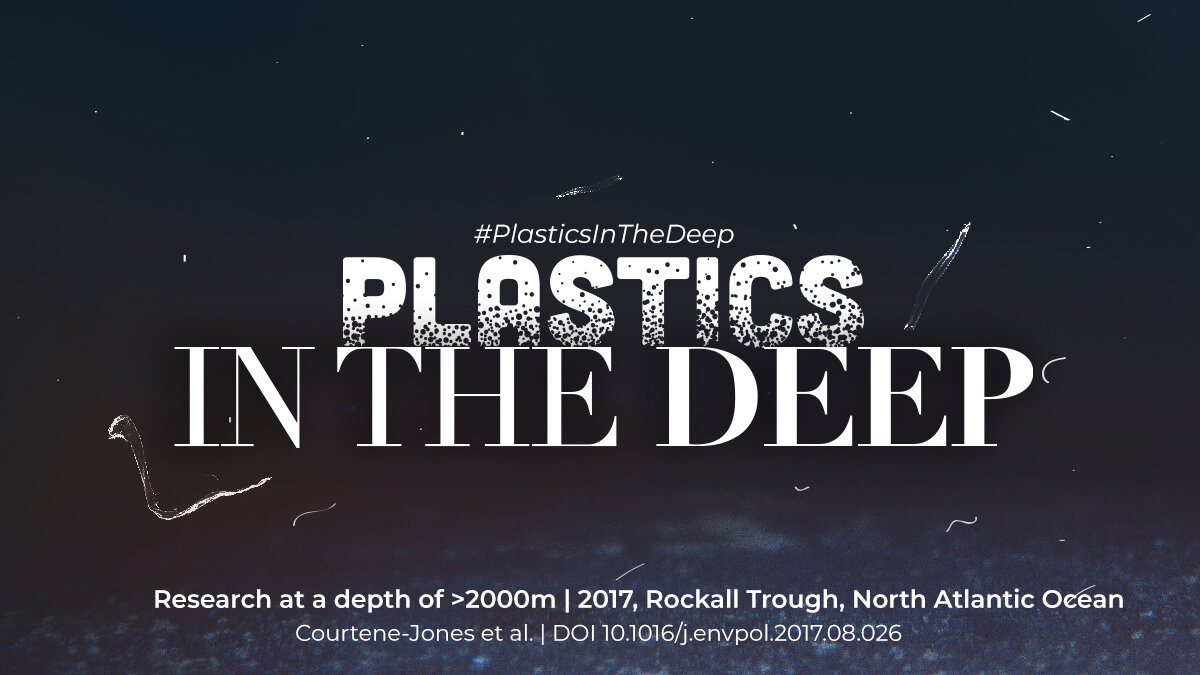
Plastics in the Deep (Science Comms)
I met Winnie, the Science Lead of eXXpedition, in the Galapagos islands before setting off on our navigation to Easter Island to research microplastics in the Pacific Ocean. It was there in the middle of the Pacific where we decided to combine our skills and work together.
Back in 2017 she carried out the first quantification of micro plastic pollution in deep-sea water (>2200 m), a research that was successfully published in a scientific journal. However, not many people have access to these journals, limiting the access to very valuable work and information to the general public.
In order to give more visibility to her work, we decided to give #scicomms a spin by extracting the main elements of her research and converting them into a set of Twitter posts under the title and hashtag #PlasticsInTheDeep. Released on Winnie’s Twitter account during the MICRO2020 conference.
Altogether the posts were seen by 14,600 users and had a very good response. The mission was accomplished, the message was shared far and wide!

Post 1: All this week we’re sharing #PlasticsInTheDeep research Documenting #microplastic pollution (plastic< 5mm in size), & ingestion by marine species in the North Atlantic #deepsea (>2200 m) stay tuned for more #sciart by @jula_juls & to learn more…

Post 2: Nearly half of all the animals studied ingested #microplastics, a number comparable to coastal species which are more closely exposed to the problem.

Post 3: The #deepsea brittlestar O. lymani ingested 9 types of plastics (polymers), the highest number recorded in the different animal species studied

Post 4: The #starfish H. pellucidus ingested the highest overall abundance of #plastics, similar quantities to those found in coastal species scuh as mussels

Post 5: #Microplastic particles that are expected to float due to their densities were found on the deep seafloor

Post 6: Microplastics ingested: 9 polymers were found. Fibres and fragments, acrylic was the most abundant. #Acrylic can be found in clothing & textiles, furniture and paint

Post 7: Microplastics in the water: 5 different polymer were found, all were fibres. #Polyester was the most abundant. Most of the clothes in our closet are created with polyester

Post 8: Thanks for following our research. A huge shout-out to the incredible @jula_juls who designed these images & is open to further #scicom #sciart collaborations
